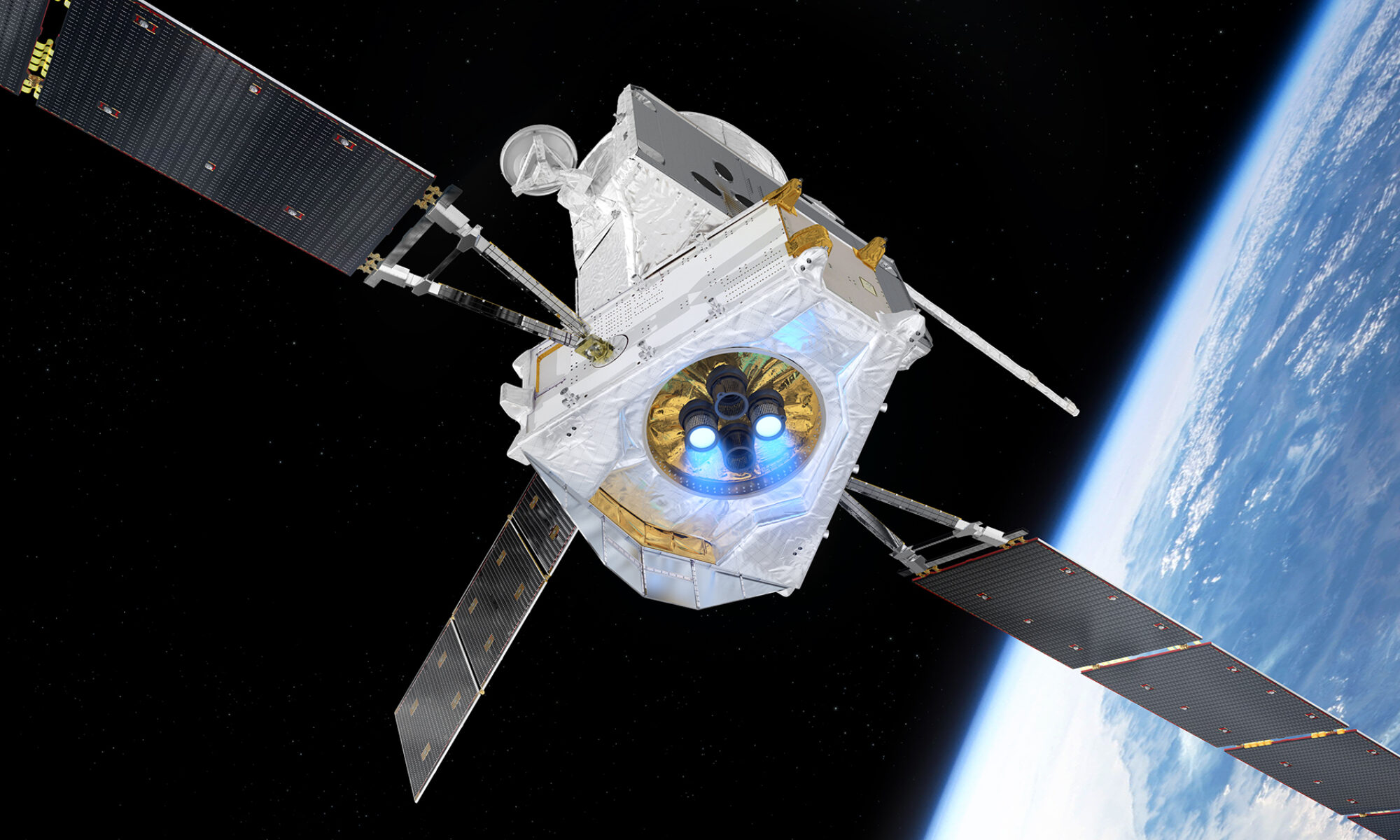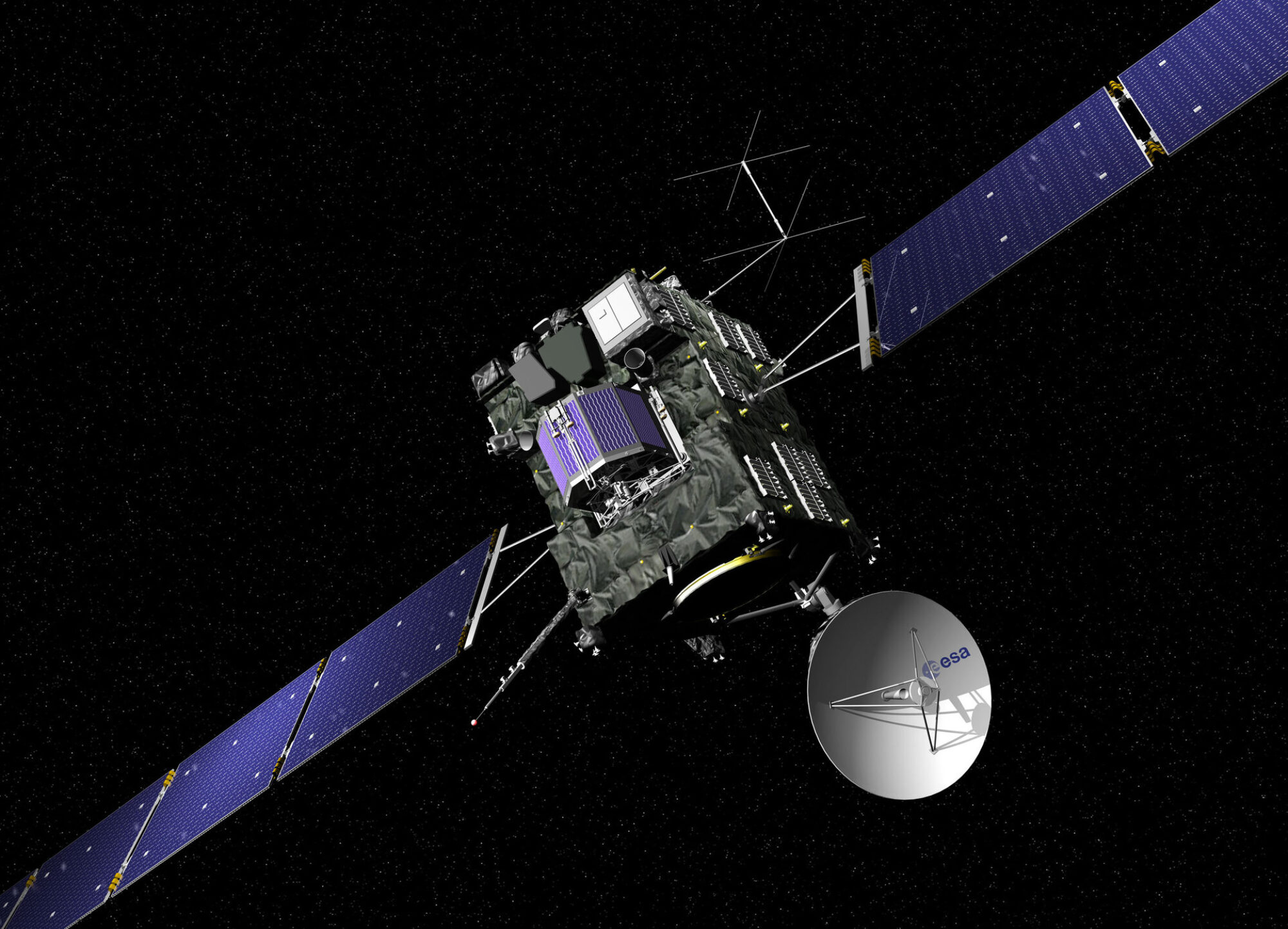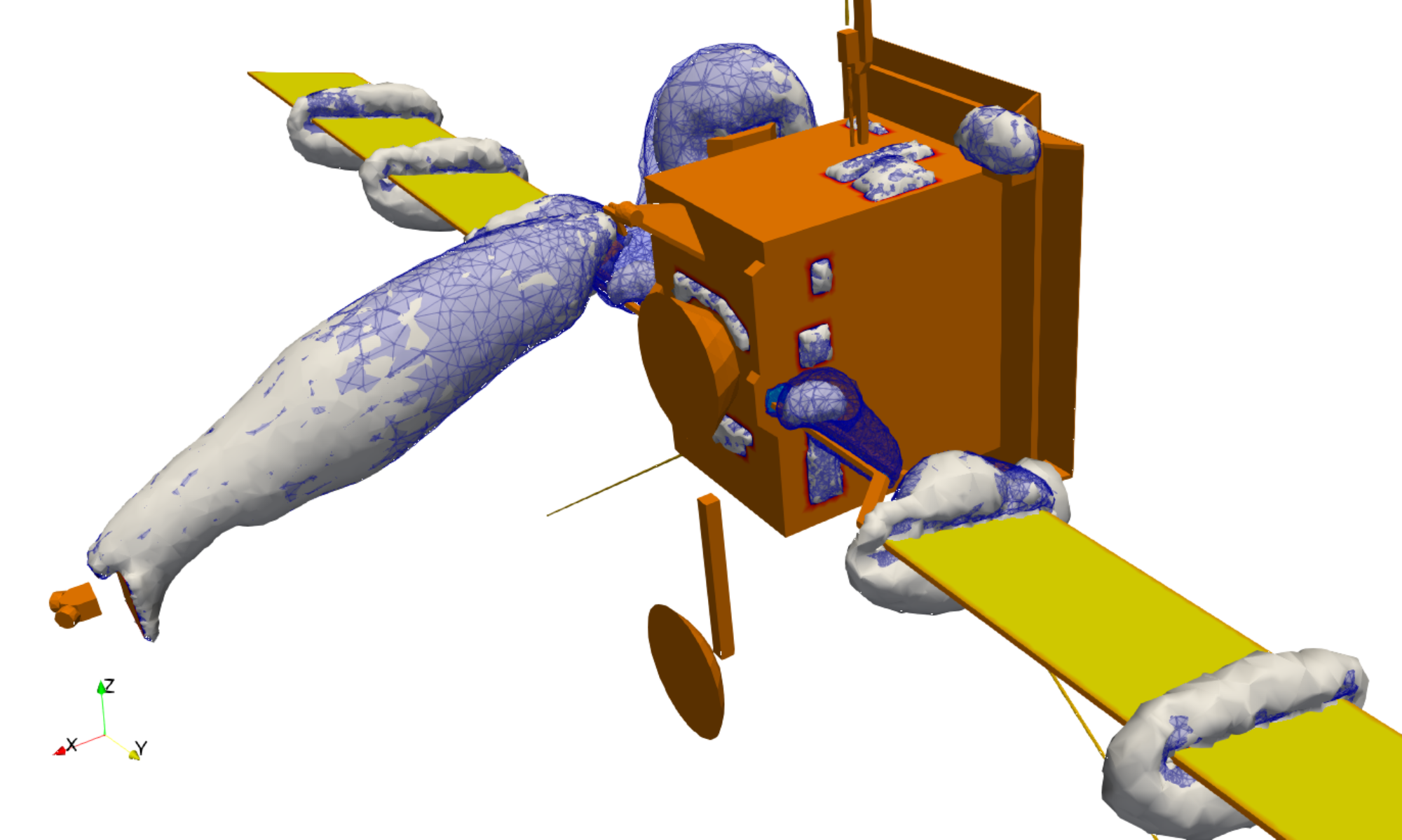Spacecraft Plasma Interactions Network in Europe (SPINE)
The objective of this network is to share resources and to co-ordinate efforts in all domains related to the interaction of Spacecraft with the space plasma. The creation of this network and its primary objectives have been decided during a Round Table held on 24-2-2000 at ESTEC. SPINE stands for Spacecraft Plasma Interactions Network in […]
The community
The SPINE community is an open, peaceful and non-profits scientific and industrial community, dedicated to the study and the modelling of the interactions between space plasma and space systems, including spacecraft, payloads, scientific instruments, natural space objects. Spacecraft-plasma interactions include: spacecraft charging, in surface (i.e. surface charging) the computation of the electrostatic sheath structures and […]
Publications and scientific communications
Developed tools and SPINE related activities have led to numerous scientific publications and communications.
- The Quest for Conductivity – Surface Charging Control for the Juice Mission
C. Imhof, M. K. G. Holmberg, G. Deprez, F. Cipriani, S. Verstaen and J. Lange, “The Quest for Conductivity – Surface Charging Control for the Juice Mission,” 2022 ESA Workshop on Aerospace EMC (Aerospace EMC), Virtual, 2022, pp. 1-6,
doi: 10.23919/AerospaceEMC54301.2022.9828847.
- Ion bulk speeds and temperatures in the diamagnetic cavity of comet 67P from RPC-ICA measurements
Bergman, S.; Stenberg Wieser, G.; Wieser, M.; Johansson, F. L.; Vigren, E.; Nilsson, H.; Nemeth, Z.;
Eriksson, A.; Williamson, H.; Ion bulk speeds and temperatures in the diamagnetic cavity of comet 67P from RPC-ICA measurements, Monthly Notices of the Royal Astronomical Society, 2021;, stab584, doi:10.1093/mnras/stab584 - Simulation of the electrostatic charging of the MetOp‑SG satellites in the polar auroral zone
C. Imhof: Simulation of the electrostatic charging of the MetOp‑SG satellites
in the polar auroral zone, CEAS Space Journal, 12, pp 137 – 147, 2020, - A charging model for the Rosetta spacecraft
Johansson, F. L.; Eriksson, A. I.; Gilet, N.; Henri, P.; Wattieaux, G.; Taylor, M. G. G. T.; Imhof,
C.; Cipriani, F. A charging model for the Rosetta spacecraft A&A, vol. 642, 2020. doi:10.1051/0004-6361/202038592
News and events
The SPINE community organises regularly meetings and events. SPINE meetings are open to all participants and, in most of the cases, without registration fee.
- 32nd SPINE meeting in Madrid 8th – 10th October 2025Dear Colleagues and Friends of the Spacecraft Plasma Interaction Network in Europe ! We are happy to announce that the 32nd SPINE workshop will take place from October 8th until October 10th 2025 at University Carlos Madrid III venue in… Read more: 32nd SPINE meeting in Madrid 8th – 10th October 2025
- 30th SPINE announcementThe 30th SPINE workshop will take place from December 6th 14:00 until December 8th 14:00 2023 in ESA/ESTEC, The Netherlands. Contributions are welcome in all topics of interest for the European spacecraft/plasma community at large. For the 30th edition contributions covering the following domains are encouraged :… Read more: 30th SPINE announcement
- SPIS Usage surveyIn the frame of an ESA activity, we are planning to implement a HPC version of the the numerical core of SPIS (mainly targeting electrical propulsion and lunar dust activities). We would appreciate if you could share about your experience… Read more: SPIS Usage survey
SPIS
SPIS, for Spacecraft Plasma Interaction Software, is a rich and advanced 3D modelling tool for the spacecraft-plasma interactions, able to model a large set of phenomenon relative to spacecraft charging. SPIS includes an advanced 3D electrostatic plasma solver based on a unstructured mesh and able to dynamically model detailed sheath structures around complex and realistic […]
Other tools and data
- PicUp3D is a simple, academic and experimental 3D structured plasma codes, for PIC model educational applications.
- Freja Charging Database
- Documentations and SCTC proceedings gathers a large set of scientific publications and documents related to the plasma-space systems interaction.




